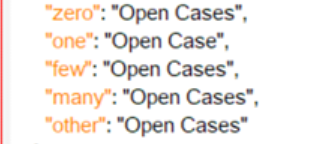I mean, since Passolo exists, I assume it must have some specific advantages in comparison with Studio. So far, when I get a job in Passolo, I ask my client to convert their Passolo files into a Studio-compatible format and I translate them all with Studio. However, since Passolo was developed for a purpose and is sold and bought for a reason, then there must be some major benefits or something that makes people buy and use this product. So, my question is: is there any video available showing Passolo workflow or article(s) describing why I need Passolo? I am asking because I want to understand if it is worth my time (I mean learning time I need to spend to switch from half-professional 'Studio-converted' method/workaround to fully professional 'Passolo-native' method/solution). Thank you.
RWS Community

 Translate
Translate

